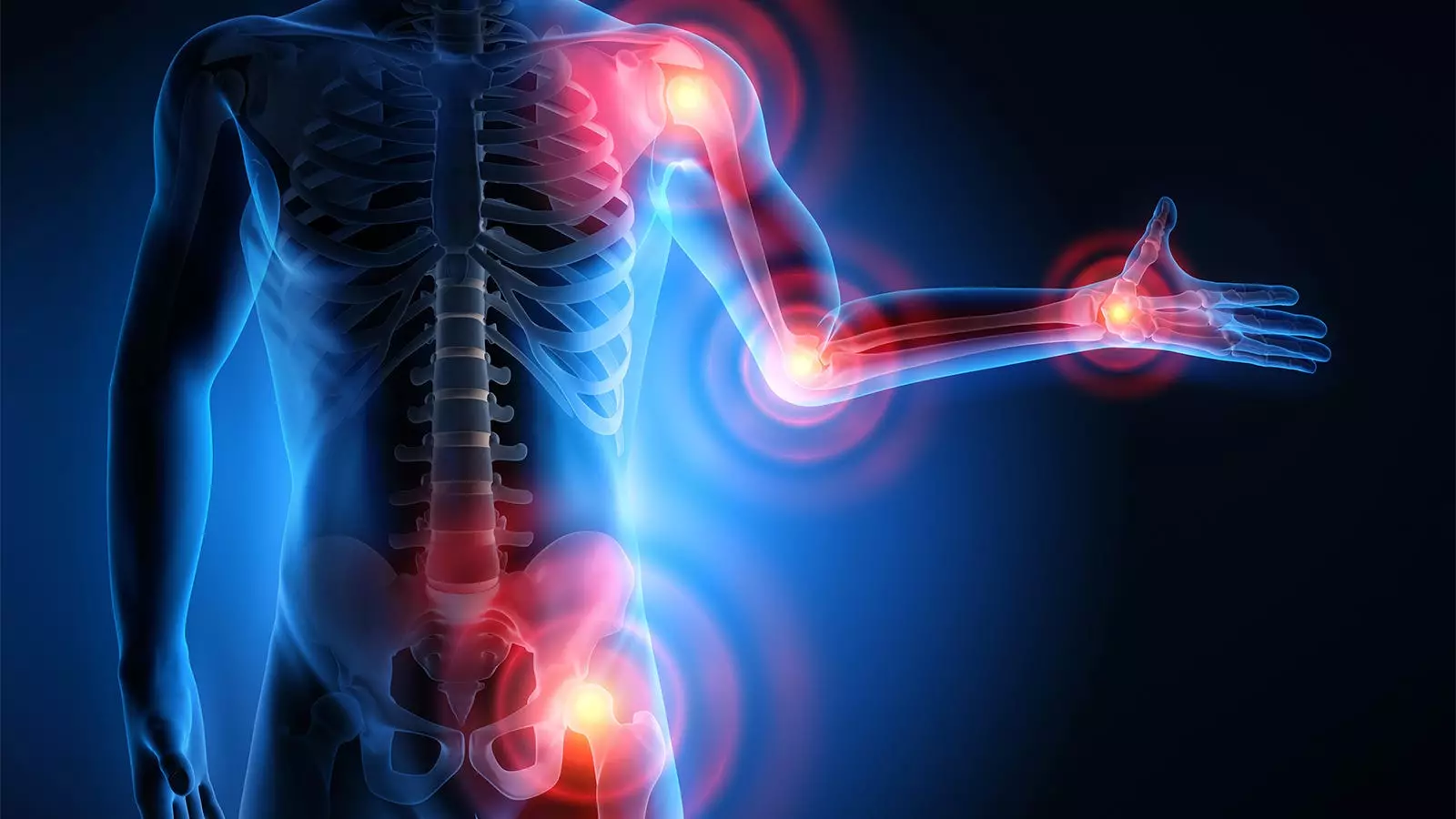Recent findings published by the Centers for Disease Control and Prevention (CDC) reveal an alarming trend in the prevalence of chronic pain among adults in the United States. According to the 2023 National Health Interview Survey (NHIS), approximately 24.3% of adults reported suffering from chronic pain lasting three months or longer. This statistic marks a significant increase from previous years, raising questions about the underlying factors leading to this spike. The phenomenon of chronic pain is one that not only affects individual well-being but also poses broader implications for healthcare systems and policy-making across the country.
The data indicates that certain demographics are disproportionately affected by chronic pain. Notably, women report higher instances of chronic pain (25.4% compared to 23.2% for men) and high-impact chronic pain—pain so severe it hampers daily activities (9.6% versus 7.3%). Interestingly, age is another critical factor. The prevalence of chronic pain escalates dramatically with age, indicating that older adults, particularly those over 65 years, experience the highest rates of chronic pain at 36.0%. Meanwhile, the percentage for younger adults under 30 stands at just 12.3%, pointing towards a potential generational divide in health challenges.
Moreover, the survey highlights stark discrepancies among various ethnic groups. American Indian and Alaska Native populations report a significantly higher prevalence of chronic pain (30.7%) as well as high-impact chronic pain (12.7%). These statistics underscore the importance of recognizing health disparities and targeting interventions to support vulnerable groups effectively.
Chronic pain is not merely a physical ailment; it carries a considerable psychological burden. According to the report, individuals grappling with chronic and high-impact chronic pain often experience a decline in their quality of life. Data suggests that those suffering from chronic pain are more likely to seek medical care, which ties into broader healthcare discussions regarding access to pain management and mental health services. The concomitant issues of opioid misuse, anxiety, and depression are compounded by chronic pain, resulting in a multifaceted public health crisis.
The methodology employed in the NHIS accurately reflects these ongoing struggles by asking participants about their pain frequency. Specifically, chronic pain was defined based on responses indicating pain on “most days” or “every day” over the past three months. Such precise criteria enable researchers to effectively gauge the impact of pain, yet the findings also raise critical questions regarding the wider implications for treatment protocols and healthcare access.
Despite the alarming statistics, it is essential to acknowledge that chronic pain is not an insurmountable challenge. Analyzing the increase in chronic pain from a demographic perspective suggests areas for targeted interventions. For instance, healthcare frameworks might benefit from strengthening pain management resources in nonmetropolitan areas, where chronic pain rates are notably higher (31.4% compared to 20.5% in urban settings). Addressing these geographic disparities in healthcare access could lead to better outcomes for affected individuals.
Furthermore, the increasing number of older adults in the U.S. necessitates a reevaluation of treatment and support services. As the population ages, it is vital to implement age-sensitive approaches in managing chronic pain that encompass not only physical aspects but also mental health considerations. Integrated care models that involve physical therapy, psychological support, and community resources can be pivotal in addressing the complexities of chronic pain.
The findings from the CDC illustrate an urgent public health issue that requires comprehensive attention. By understanding the demographics of chronic pain and acknowledging its broad impact on life quality, policymakers and healthcare providers can galvanize efforts toward effective strategies to combat this growing problem. The rise in chronic pain prevalence underscores the necessity for a united, multi-faceted approach that encompasses medical, psychological, and social support systems to improve the lives of millions grappling with chronic pain in the United States.


Leave a Reply